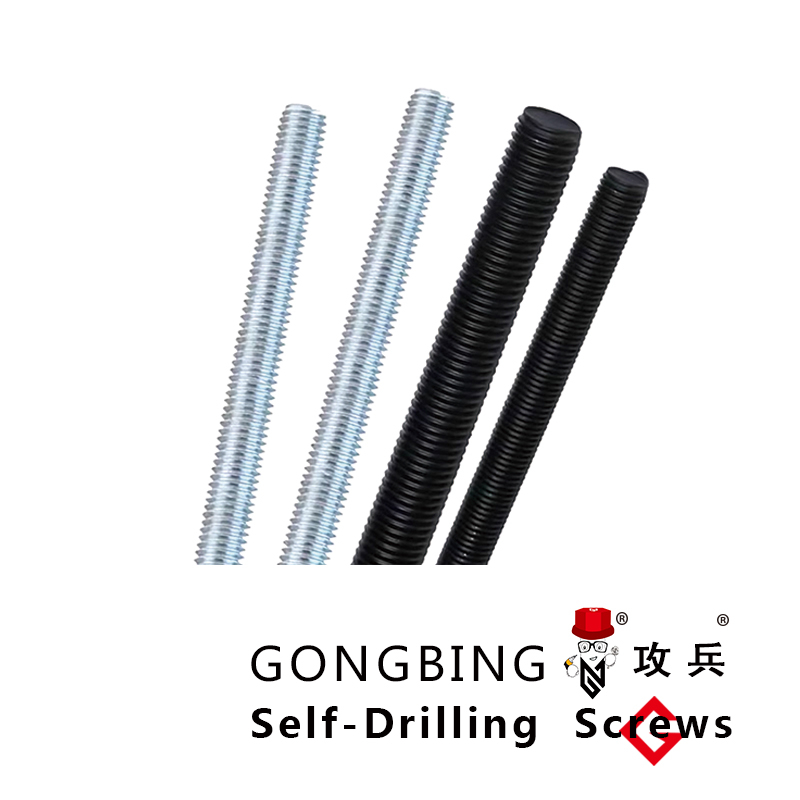Cross Bracing Steel Structures - Innovative Engineering Solutions
Cross Bracing in Steel Structures Enhancing Stability and Strength
Cross bracing is a critical design feature employed in steel structures, especially in high-rise buildings and seismic-resistant designs. It consists of diagonal members that create an X shape within a frame, effectively distributing lateral loads and increasing the overall stability of the structure. This technique has gained prominence due to its effectiveness in mitigating the effects of wind and seismic activity, making it an essential consideration for modern architects and engineers.
Cross Bracing in Steel Structures Enhancing Stability and Strength
One of the advantages of cross bracing is its efficiency in material usage. The diagonal members typically use less material than alternative bracing systems, like shear walls, while still providing substantial strength and stability. This is particularly advantageous in high-rise buildings where weight and material costs play a significant role in the overall design and construction process. Less material not only reduces costs but also minimizes the overall environmental impact of the construction.
cross bracing steel structures

Moreover, cross bracing can also introduce aesthetic elements to a structure. The visible X shapes can be incorporated into the architectural design, contributing to a modern and industrial appearance. Architects can strategically place cross bracing to enhance both the performance and the visual appeal of a building, blending functionality with style.
In addition to aesthetic considerations, the implementation of cross bracing allows for more flexible interior spaces. Unlike solid shear walls that limit floor layouts, cross bracing enables open floor plans, giving architects greater freedom in their designs. This versatility can lead to innovative uses of space, making buildings more adaptable to varying needs over time.
However, it is essential for engineers to carefully analyze the specific loading conditions and structural requirements of each project when designing cross-braced steel structures. The effectiveness of cross bracing can be influenced by factors such as the building's height, intended use, and local environmental conditions. Advanced computational modeling techniques and structural analysis software are often employed to ensure optimal bracing design.
In conclusion, cross bracing is an invaluable technique in the realm of steel structure design. By enhancing stability, reducing material use, and allowing greater flexibility in architectural layouts, it addresses both structural and aesthetic needs. As the demand for sustainable and resilient buildings continues to grow, cross bracing will likely remain a pivotal element in the construction of safe and efficient structures in the future.
-
Weatherproof Plastic Expansion Anchors for OutdoorZprávyJun.06,2025
-
Sustainability in the Supply Chain: Eco-Friendly TEK Screws ProductionZprávyJun.06,2025
-
Load-Bearing Capacity of External Insulation FixingsZprávyJun.06,2025
-
Double Head Bolts: Enhancing Efficiency in Industrial MachineryZprávyJun.06,2025
-
Corrosion Resistance in Chipboard Screws: Coatings for Wholesale DurabilityZprávyJun.06,2025
-
Butterfly Toggle Bolts : Enhancing Structural ResilienceZprávyJun.06,2025
